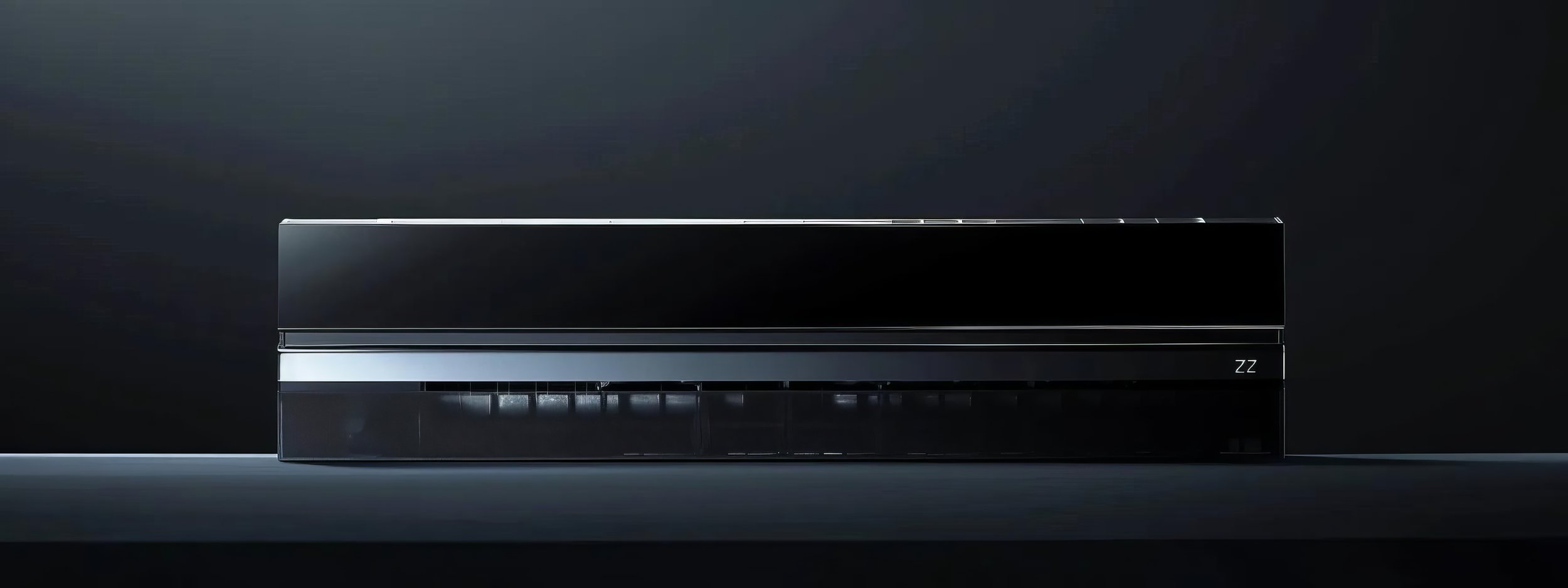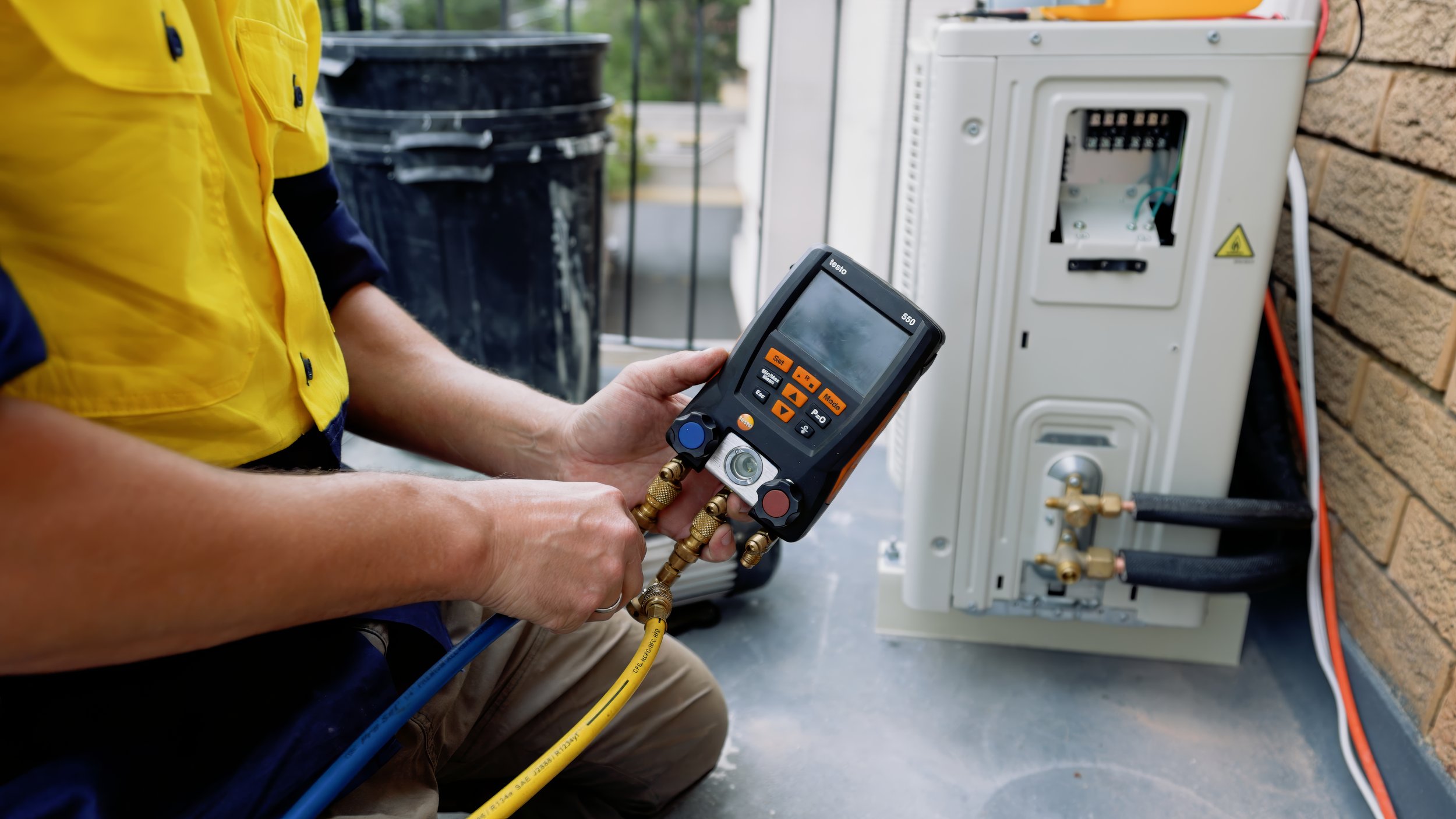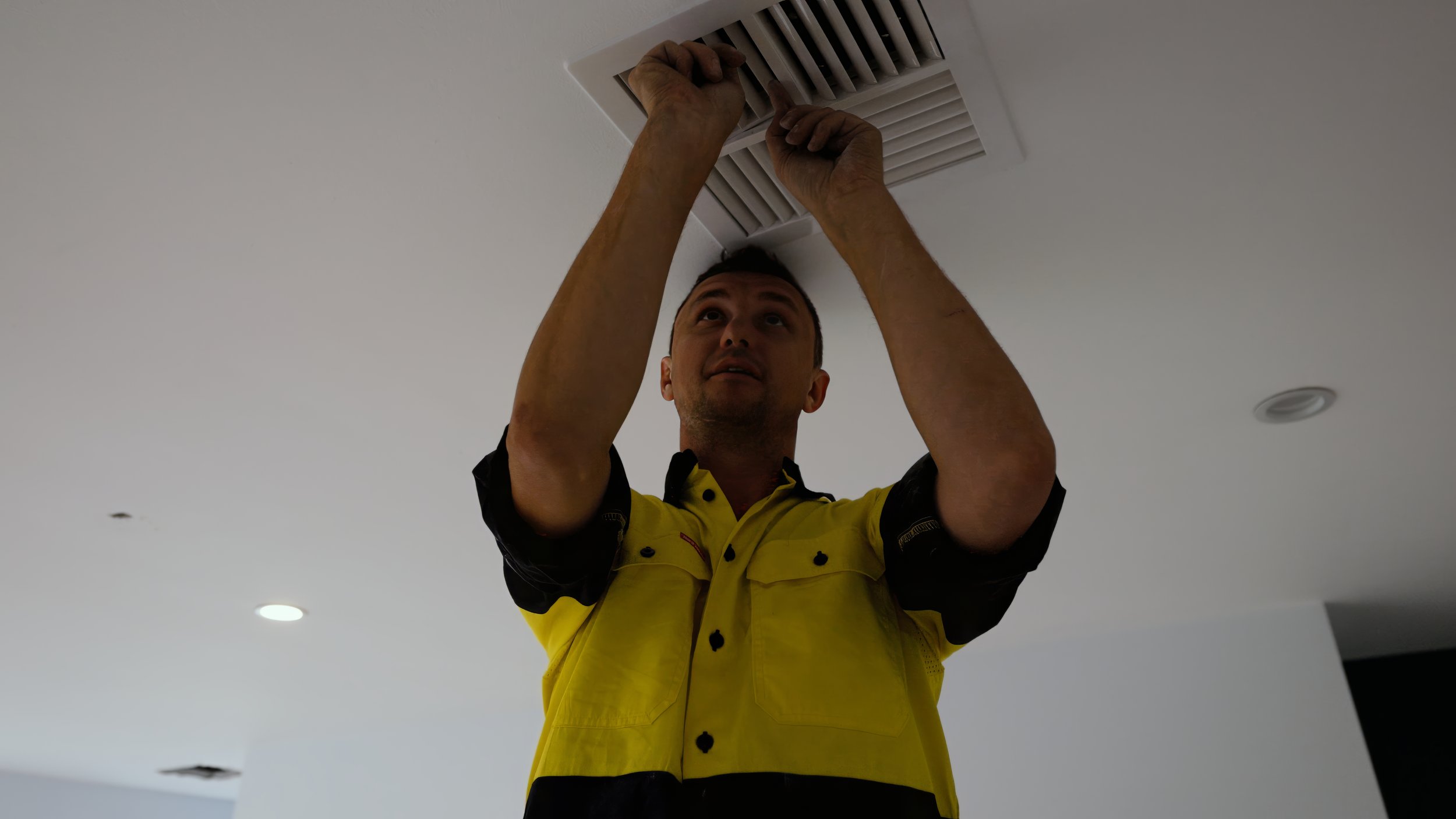Is it cheaper to run a split system air conditioner?
Is running a split system air conditioner cheaper than other options?
When choosing an air conditioning system for your home, running costs are a significant consideration. Many homeowners ask, "Is it cheaper to run a split system air conditioner compared to other types of air conditioning?" With over 20 years of experience in the air conditioning industry, I’ve seen how different systems perform under various conditions. In this article, I’ll break down the factors that influence the running costs of split systems and compare them to other cooling options, so you can make an informed decision.
Factors That Influence the Running Costs of a Split System Air Conditioner
Several factors determine whether a split system air conditioner is cheaper to run. Understanding these factors can help you optimise your system’s efficiency and reduce your energy bills.
1. Size and Capacity of the Unit
The size and capacity of your split system air conditioner play a crucial role in determining running costs. A unit that is too small for the space it’s cooling will have to work harder, leading to higher energy consumption. Conversely, an oversized unit might cycle on and off too frequently, which can also waste energy.
Right-Sized Units: Choosing the correct size unit for your space is key. For example, a 2.5 kW unit is ideal for a small bedroom, while a 5.0 kW unit may be necessary for a larger living area. A well-sized unit will run more efficiently, maintaining the desired temperature with less energy use.
2. Energy Efficiency Rating
The energy efficiency of the unit is another significant factor. Split system air conditioners come with energy star ratings that indicate their efficiency. Units with higher star ratings use less electricity to produce the same amount of cooling, making them cheaper to run.
Inverter Technology: Many modern split systems feature inverter technology, which adjusts the compressor speed based on the cooling demand. This technology can reduce energy consumption by up to 30% compared to non-inverter units, making inverter split systems more cost-effective to run.
3. Frequency and Duration of Use
How often and for how long you use your split system air conditioner directly impacts your running costs. For instance, running the unit continuously at a low temperature will consume more energy than using it strategically.
Zoning: If you have a multi-split system, you can save money by cooling only the rooms you are using. This zoning capability allows for more efficient use of energy, reducing overall costs.
4. Insulation and Room Size
The insulation in your home and the size of the room being cooled also affect how much energy your split system will use. Poor insulation allows heat to enter the room, causing the air conditioner to work harder and consume more electricity.
Insulation Upgrades: Improving your home’s insulation can significantly reduce the running costs of your split system. Well-insulated rooms retain cool air longer, meaning the air conditioner doesn’t have to run as frequently.
5. Maintenance and Filter Cleaning
Regular maintenance and filter cleaning are essential for keeping your split system running efficiently. Dirty filters and neglected units have to work harder to maintain the desired temperature, leading to higher energy bills and costly repairs if not serviced regularly.
Routine Maintenance: Scheduling regular maintenance can ensure that your split system operates at peak efficiency. This includes cleaning or replacing filters, checking refrigerant levels, and ensuring all components are functioning correctly - Click here to view our annual maintenance plan benefits
How Do Split Systems Compare to Other Air Conditioning Options?
To determine whether split systems are cheaper to run, it’s helpful to compare them to other common types of air conditioning systems, such as ducted air conditioning and portable units.
1. Split Systems vs. Ducted Air Conditioning
Energy Efficiency: Split systems are generally more energy-efficient for cooling individual rooms or small areas. They allow you to cool only the spaces you are using, which can lead to lower running costs compared to ducted systems that cool the entire house, even in unused areas.
Flexibility: With a split system, you have the flexibility to install multiple units in different rooms, allowing for customised cooling. This can be more cost-effective than running a ducted system, especially in smaller homes or apartments.
2. Split Systems vs. Portable Air Conditioners
Cooling Efficiency: While portable air conditioners are more affordable upfront, they are typically less efficient and more expensive to run in the long term. They often struggle to cool larger spaces effectively, leading to higher energy consumption.
Operating Costs: Split systems, with their higher efficiency and more advanced technology, generally have lower operating costs compared to portable units. Additionally, portable air conditioners can be noisy and less effective in maintaining consistent temperatures.
3. Split Systems vs. Evaporative Coolers
Cooling Capability: Evaporative coolers are less expensive to run because they use water to cool the air. However, they are only effective in dry climates and can struggle in Sydney’s humid conditions. Split systems, on the other hand, provide reliable cooling regardless of the weather, making them a more versatile and cost-effective option in the long run.
Real-Life Examples: Running Costs of Split Systems in Sydney Homes
To give you a better idea of what to expect, here are a few real-life examples from my experience:
Case Study: A Two-Bedroom Apartment in Eastern Suburbs
A client in Sydney’s Eastern Suburbs installed a 3.5 kW split system in their living room and a 2.5 kW unit in the master bedroom. The total running cost calculated running at peak times, averaged out to be only $1.50 per day. By using the system strategically and utilising the unit’s timer feature, they were able to keep their energy bills low while maintaining a comfortable temperature.
Case Study: A Family Home in Western Sydney
A family of four in Western Sydney installed a multi-split system with a 5 kW unit in the living area and 2.5 kW units for their bedrooms. Despite running the air conditioning for several hours a day during the summer, they stated that their quarterly energy bills remained manageable, thanks to the energy-efficient inverter technology.
Is It Cheaper to Run a Split System Air Conditioner?
In many cases, yes - a split system air conditioner can be cheaper to run compared to other air conditioning options, especially when cooling specific rooms or smaller areas. By choosing the right unit size, investing in an energy-efficient model, and maintaining your system regularly, you can keep your running costs low while enjoying consistent comfort.
If you’re considering installing a split system in your Sydney home, I’d be happy to provide a personalised consultation. With over 20 years of experience in the air conditioning industry, I can help you choose the most cost-effective solution for your needs. Contact me today to schedule your free consultation and start saving on your energy bills.














